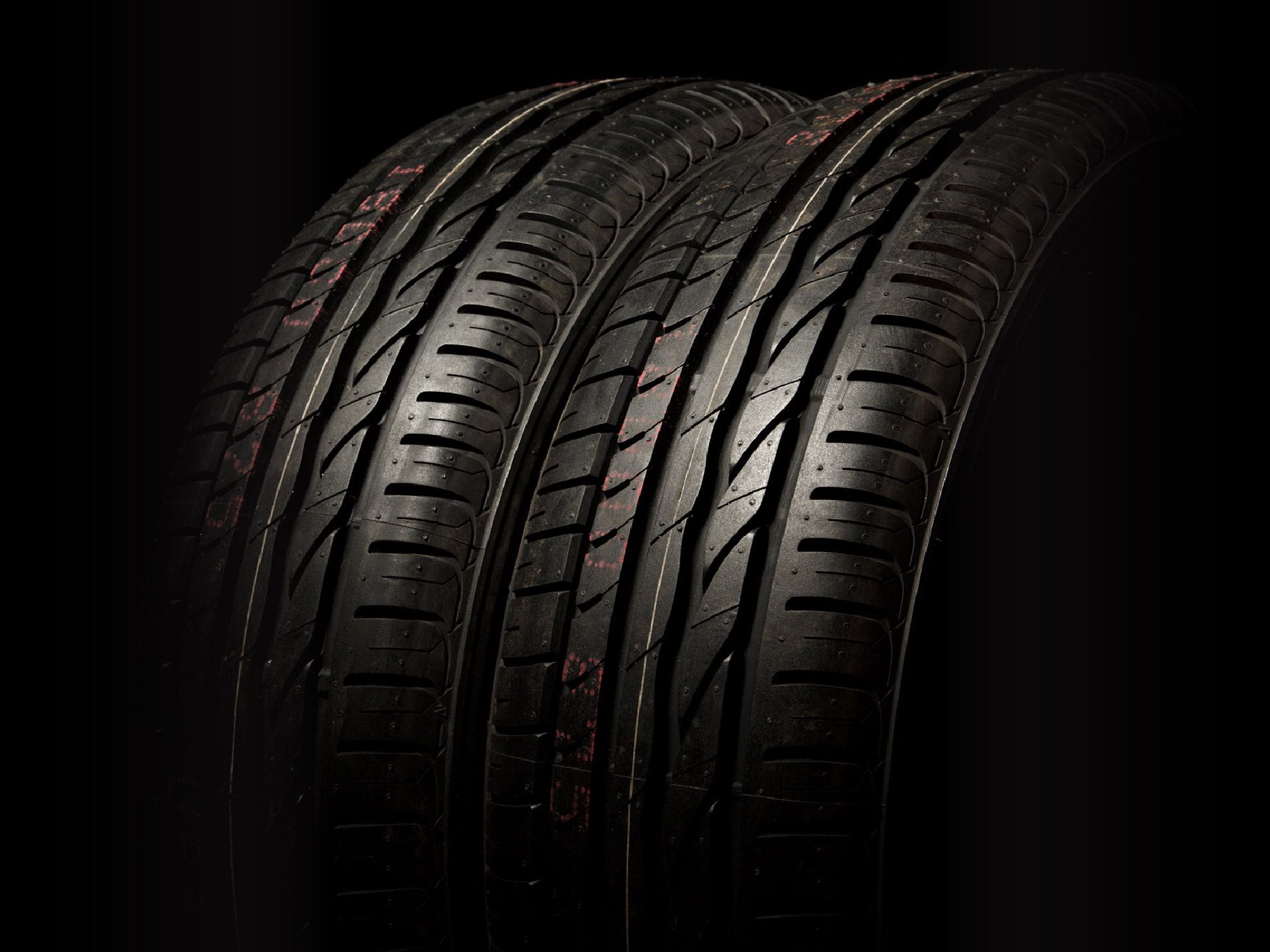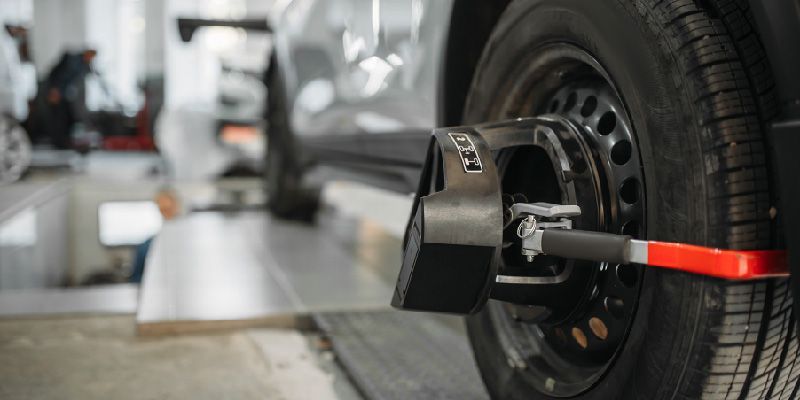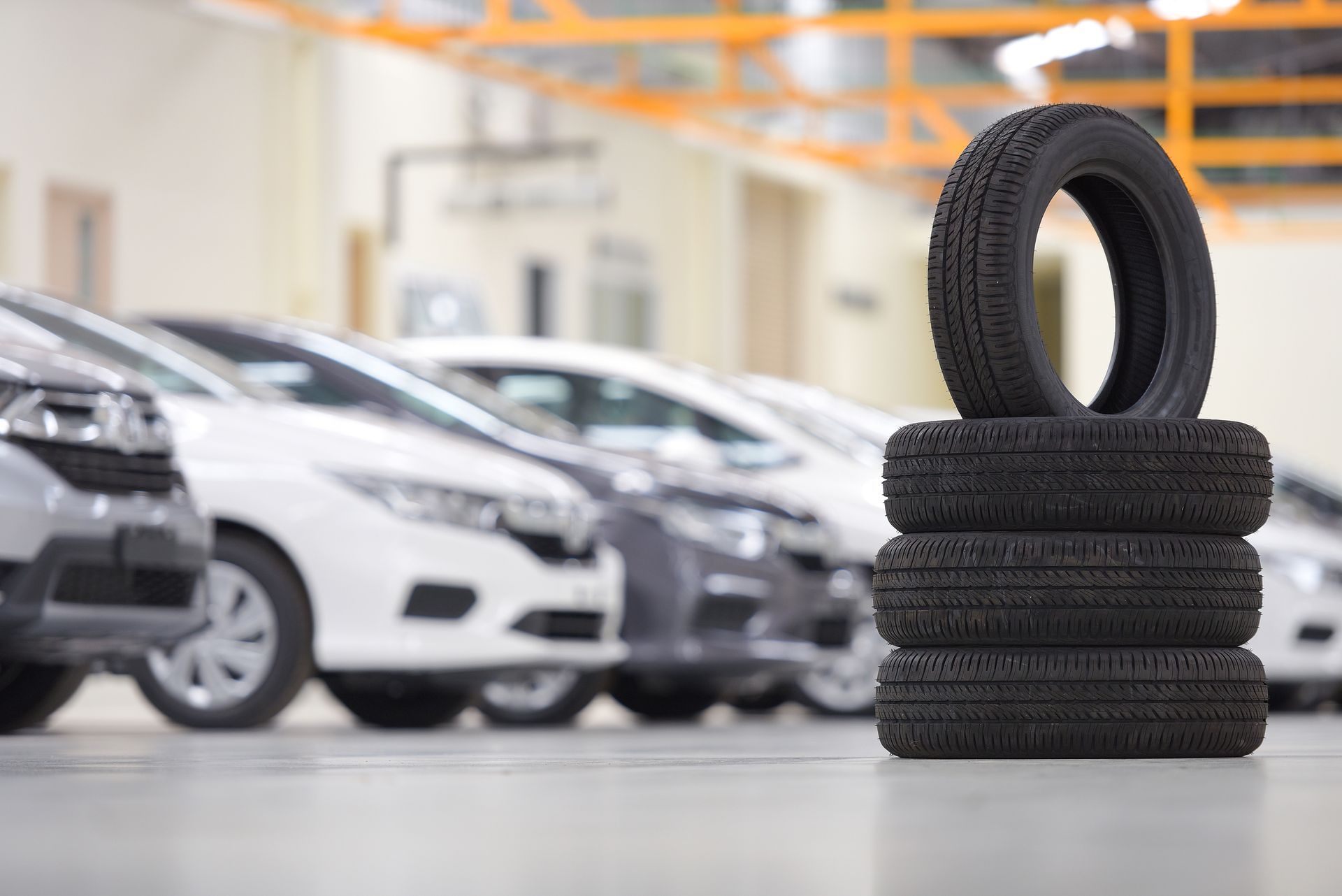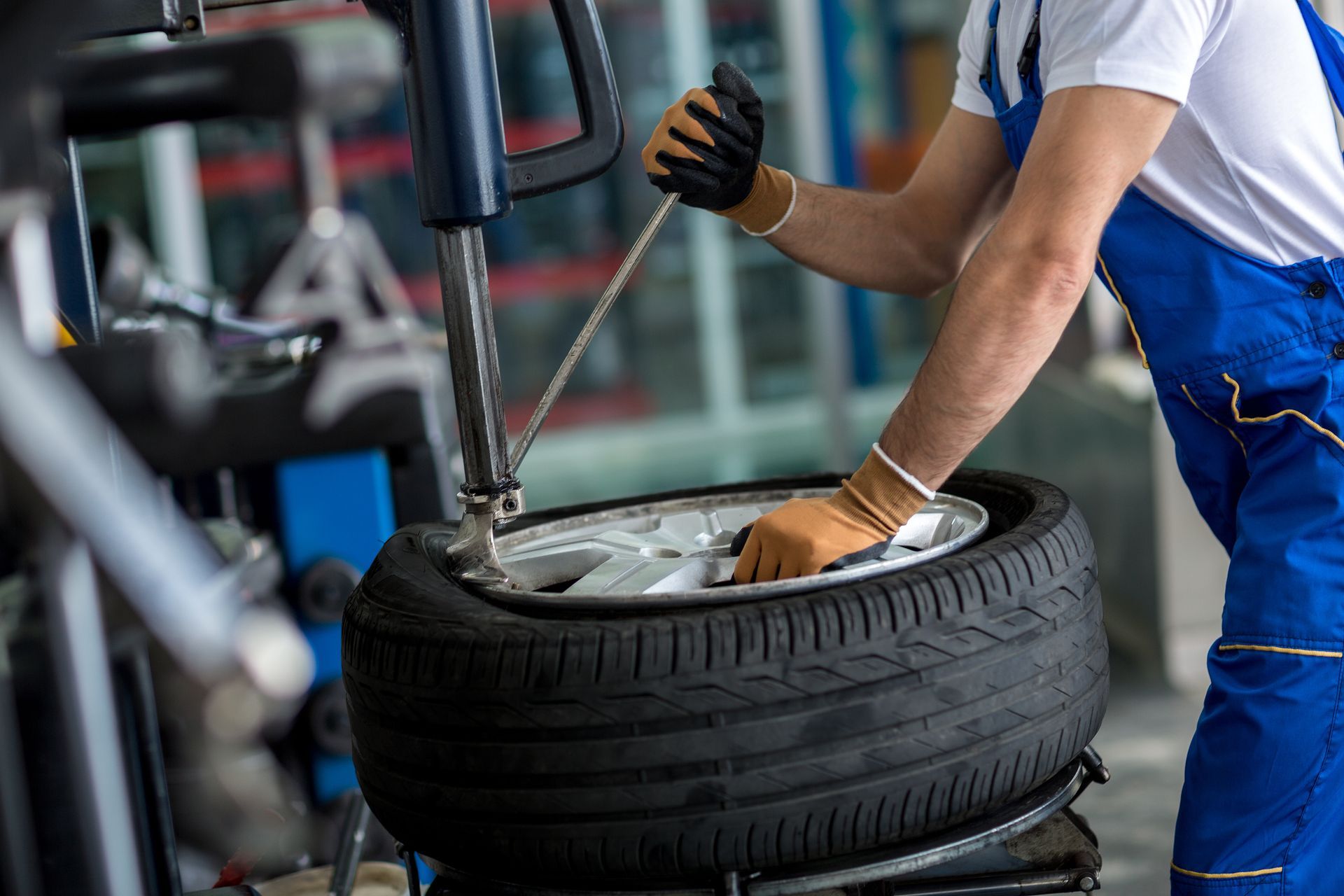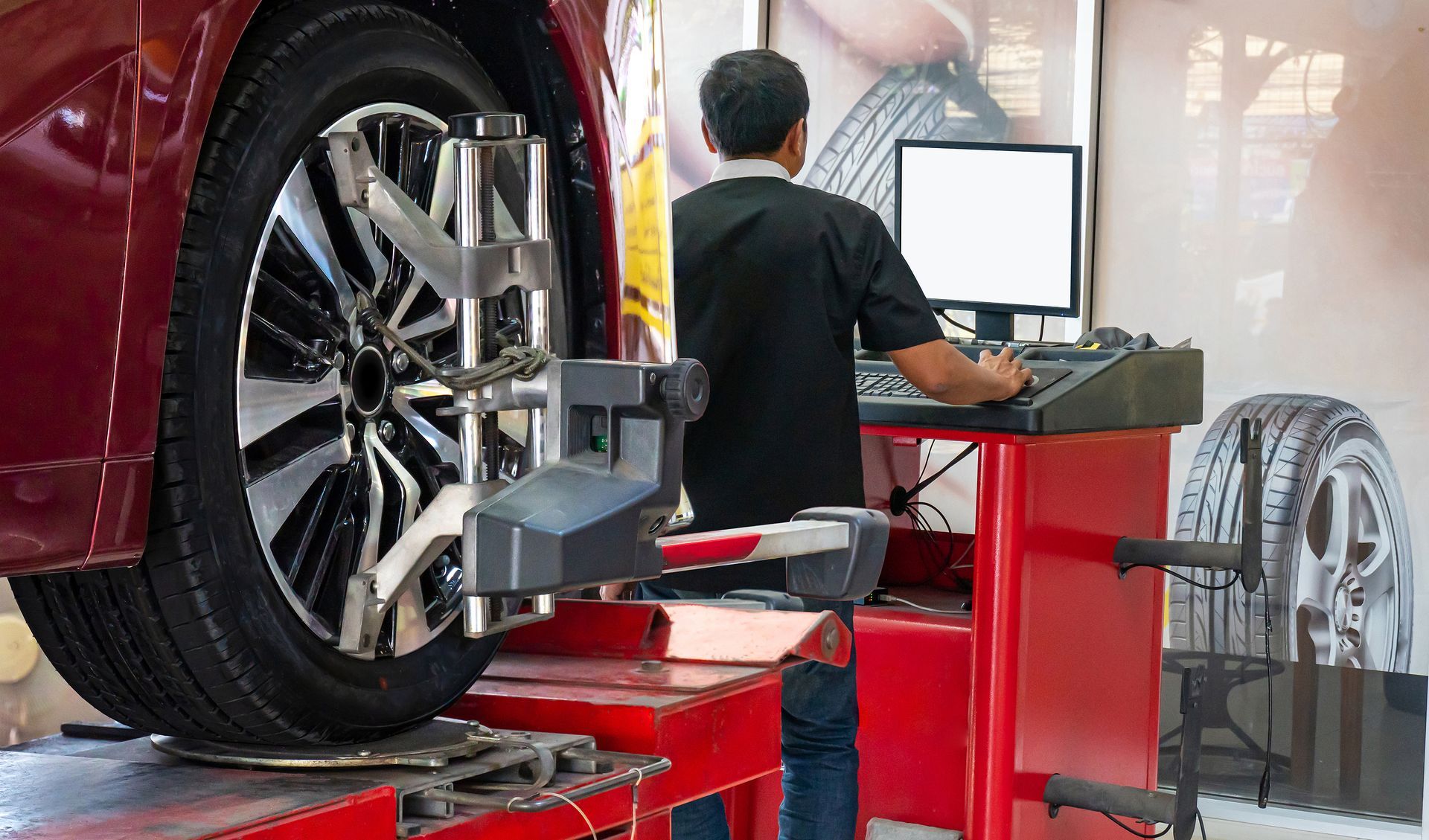Invest in the Future of any Vehicle with TPMS - Tire Pressure Monitoring Systems
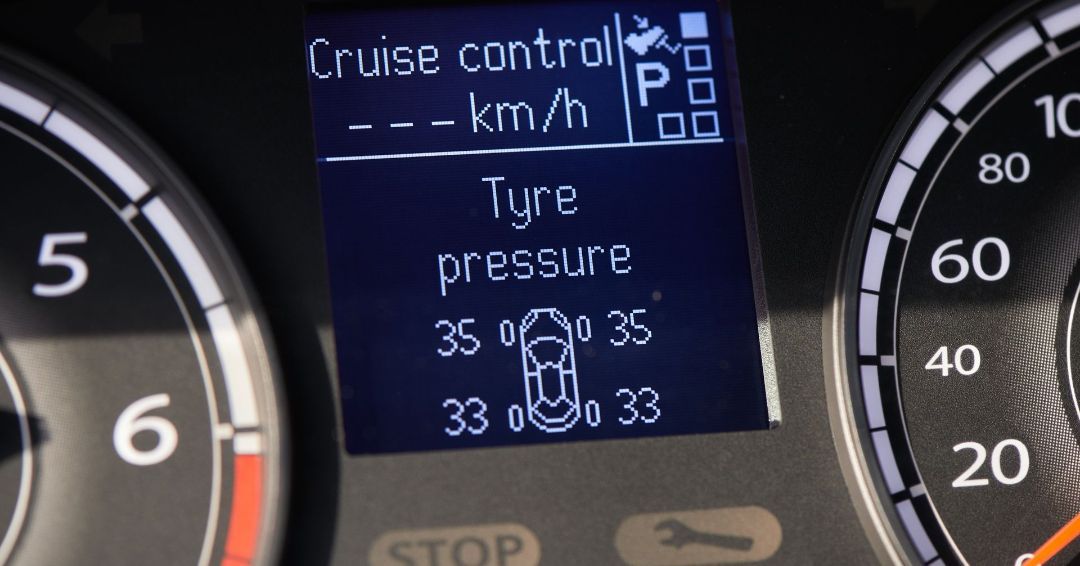
Investing in the future of your vehicle is crucial. One way to do this is through the use of Tire Pressure Monitoring Systems, or TPMS.
TPMS is a vital tool for maintaining tire safety and overall vehicle performance. It monitors tire pressure, alerting you to any significant changes that could impact your safety on the road.
But TPMS is more than just a safety feature. It's also a tool for preserving the longevity of your tires and improving fuel efficiency. This means that investing in TPMS can save you money in the long run.
In this article, we'll delve into the world of TPMS. We'll explore its benefits, how to choose and use TPMS tools, and what the future holds for this technology.
Whether you're a vehicle owner, an automotive enthusiast, or a fleet manager, this guide will provide you with valuable insights into TPMS.
Understanding TPMS and Its Importance
TPMS, or Tire Pressure Monitoring System, is an automated system designed to monitor the air pressure inside the tires on various types of vehicles.
This system reports real-time tire-pressure information to the driver of the vehicle, either via a gauge, a pictogram display, or a simple low-pressure warning light.
- TPMS can be divided into two different types: direct (dTPMS) and indirect (iTPMS).
- Direct TPMS measures the pressure in each tire.
- Indirect TPMS works by monitoring individual wheel rotational speeds and other signals available outside of the tire itself.
What is TPMS?
TPMS is a system that monitors the air pressure inside your vehicle's tires. If the system detects that one or more of the tires are significantly under-inflated, it will alert you with an icon on your vehicle's dashboard.
This system is designed to help you maintain optimal tire pressure, which is crucial for your vehicle's performance and your safety on the road.
The Role of TPMS in Vehicle Safety
TPMS plays a crucial role in vehicle safety. By alerting you to under-inflated tires, it helps prevent tire-related accidents.
Under-inflated tires can lead to tire failure, poor handling, and increased braking distances. They can also negatively impact your vehicle's fuel efficiency and tire lifespan.
By helping you maintain the correct tire pressure, TPMS contributes to safer driving, better fuel economy, and longer tire life.
Types of TPMS: Direct vs. Indirect Systems
There are two main types of TPMS: direct and indirect.
Direct TPMS uses a sensor inside each tire to directly measure the air pressure. This sensor sends data to a control module where it's analyzed, displayed on your dashboard, and triggers a warning if the pressure drops below a certain level.
Indirect TPMS, on the other hand, doesn't use physical pressure sensors but instead measures air pressures by monitoring individual wheel rotational speeds and other signals available outside of the tire itself.
Advantages of Direct TPMS
Direct TPMS provides accurate, real-time tire pressure data for each tire. This means you can immediately know which tire is under-inflated and needs attention.
Moreover, direct TPMS is not affected by tire rotation or tire replacement, ensuring consistent and reliable readings.
Lastly, direct TPMS can also measure tire temperature, which can be a useful feature for detecting a potential tire problem.
Advantages of Indirect TPMS
Indirect TPMS systems are generally less expensive and easier to maintain than direct systems. They don't require any additional sensors, which means there are no batteries to replace.
These systems are also simpler to reset after rotating or replacing tires, making them a convenient choice for many drivers.
However, it's important to note that indirect TPMS may not be as accurate as direct systems, as they don't measure tire pressure directly.
The Legalities and Requirements for TPMS
In many regions around the world, TPMS is not just a safety feature, but a legal requirement. For instance, in the United States, all new vehicles manufactured after September 2007 must be equipped with TPMS.
In the European Union, TPMS became mandatory for all new passenger cars sold after November 2014. This regulation was introduced to enhance road safety and reduce the environmental impact of vehicles.
It's important to check the specific TPMS requirements in your region to ensure your vehicle is compliant. Non-compliance can result in fines or even a failed vehicle inspection.
How TPMS Can Save You Money and the Environment
Investing in TPMS is not just about safety. It's also about savings and sustainability. Proper tire pressure management can lead to significant cost savings and environmental benefits.
Fuel Efficiency and Tire Longevity
Underinflated tires can increase fuel consumption. TPMS helps maintain optimal tire pressure, improving fuel efficiency. This means fewer trips to the gas station and more money in your pocket.
Moreover, properly inflated tires wear more evenly. This extends their lifespan, reducing the frequency of tire replacement.
Environmental Benefits
Reduced fuel consumption also means lower carbon emissions. This contributes to the fight against climate change.
Furthermore, extending tire lifespan means fewer tires end up in landfills. This reduces waste and helps preserve our environment.
Choosing and Using TPMS Tools
Choosing the right TPMS tools is crucial for effective tire pressure management. These tools include TPMS scan tools and relearn tools. They help monitor tire pressure, diagnose issues, and reset the TPMS after tire rotation or replacement.
TPMS Scan Tools and Relearn Tools
A TPMS scan tool reads the data from the TPMS sensors. It provides real-time information about tire pressure and temperature. Some advanced models can even diagnose TPMS sensor issues.
A TPMS relearn tool, on the other hand, is used to reset the TPMS. This is necessary after tire rotation, replacement, or when installing new TPMS sensors.
Maintaining and Troubleshooting Your TPMS
Regular maintenance of your TPMS is essential for its optimal performance. This includes checking the TPMS sensors for damage and replacing the sensor batteries when necessary.
If your TPMS warning light comes on, use your TPMS scan tool to diagnose the issue. If the problem persists, consider seeking professional help.
The Future of TPMS Technology
The future of TPMS technology is promising. With advancements in technology, TPMS is becoming more sophisticated and user-friendly. It's not just about monitoring tire pressure anymore.
Innovations and Advancements
Innovations in TPMS technology include the integration of TPMS with smartphone apps. This allows for real-time monitoring and alerts on your mobile device. Some advanced TPMS systems can even predict tire wear and suggest optimal tire rotation schedules.
TPMS and the Connected Vehicle
In the era of connected vehicles, TPMS plays a crucial role. It's part of the vehicle's safety and maintenance systems that can be monitored remotely. This not only enhances safety but also contributes to the efficient management of fleet vehicles.
Conclusion: Why TPMS is a Smart Investment
Investing in TPMS is a smart decision for any vehicle owner. It enhances safety, improves fuel efficiency, and prolongs tire life, saving you money in the long run.
Moreover, with the advancements in TPMS technology, it's becoming an integral part of the connected vehicle ecosystem, making it a future-proof investment.
